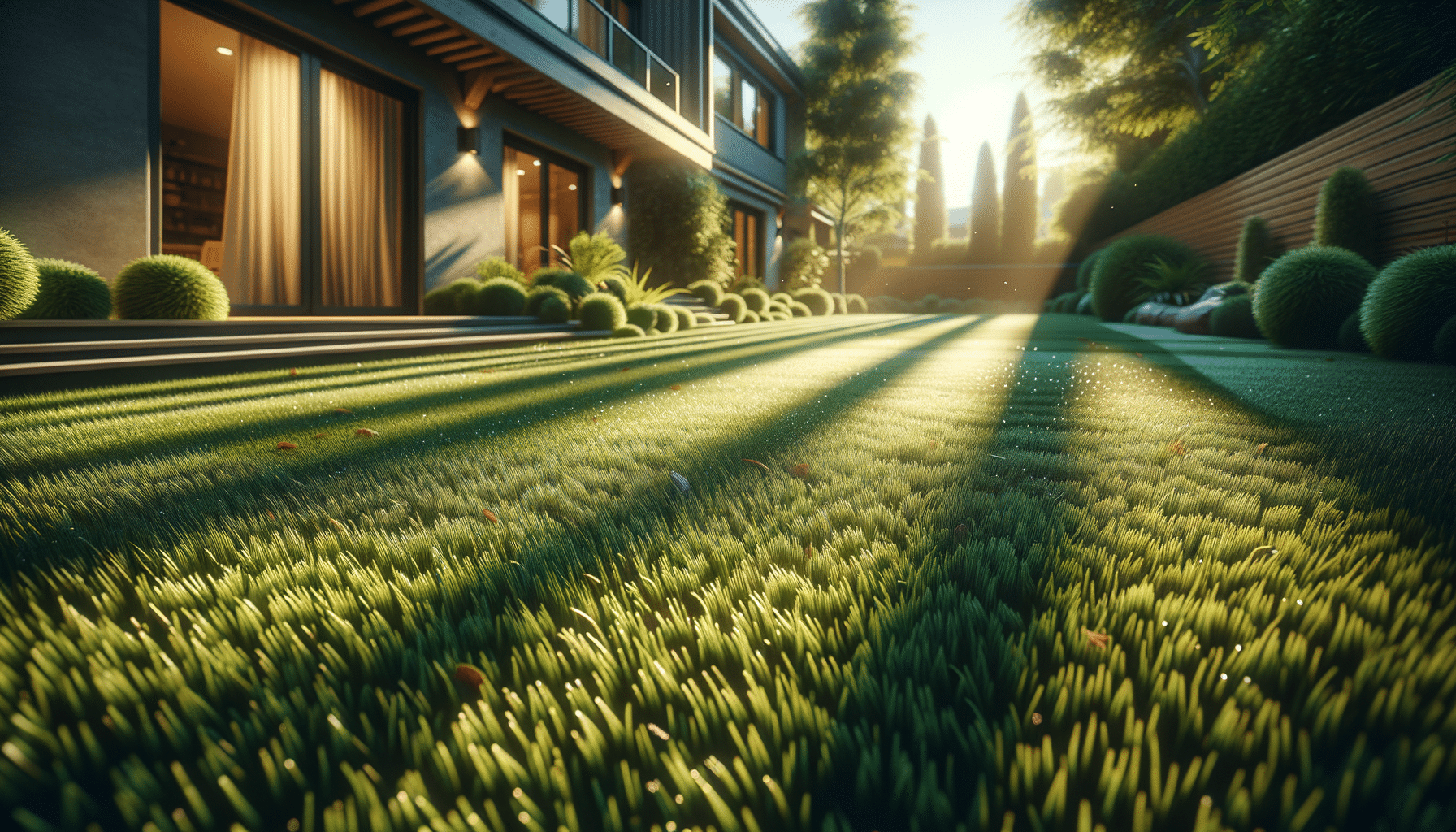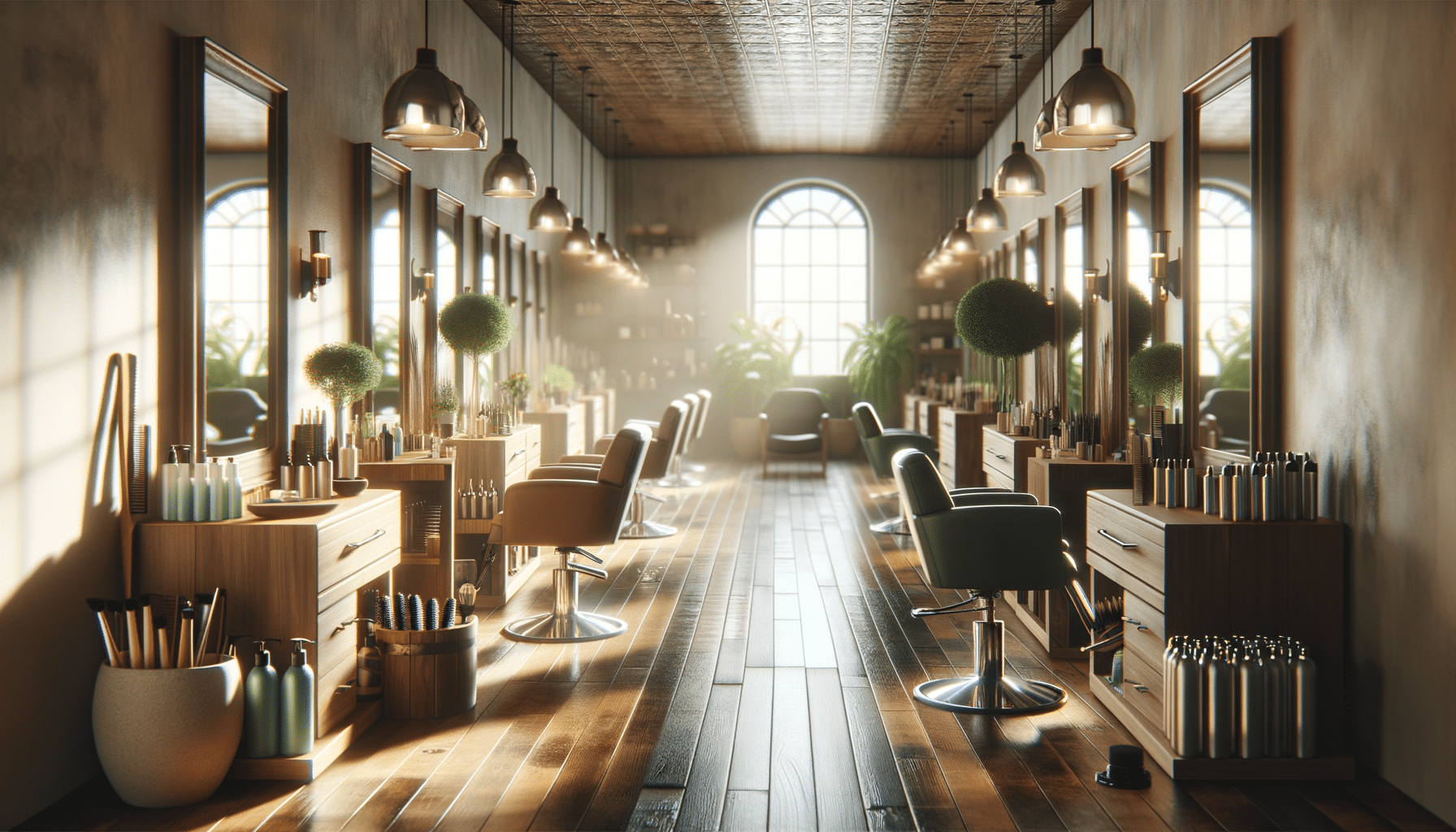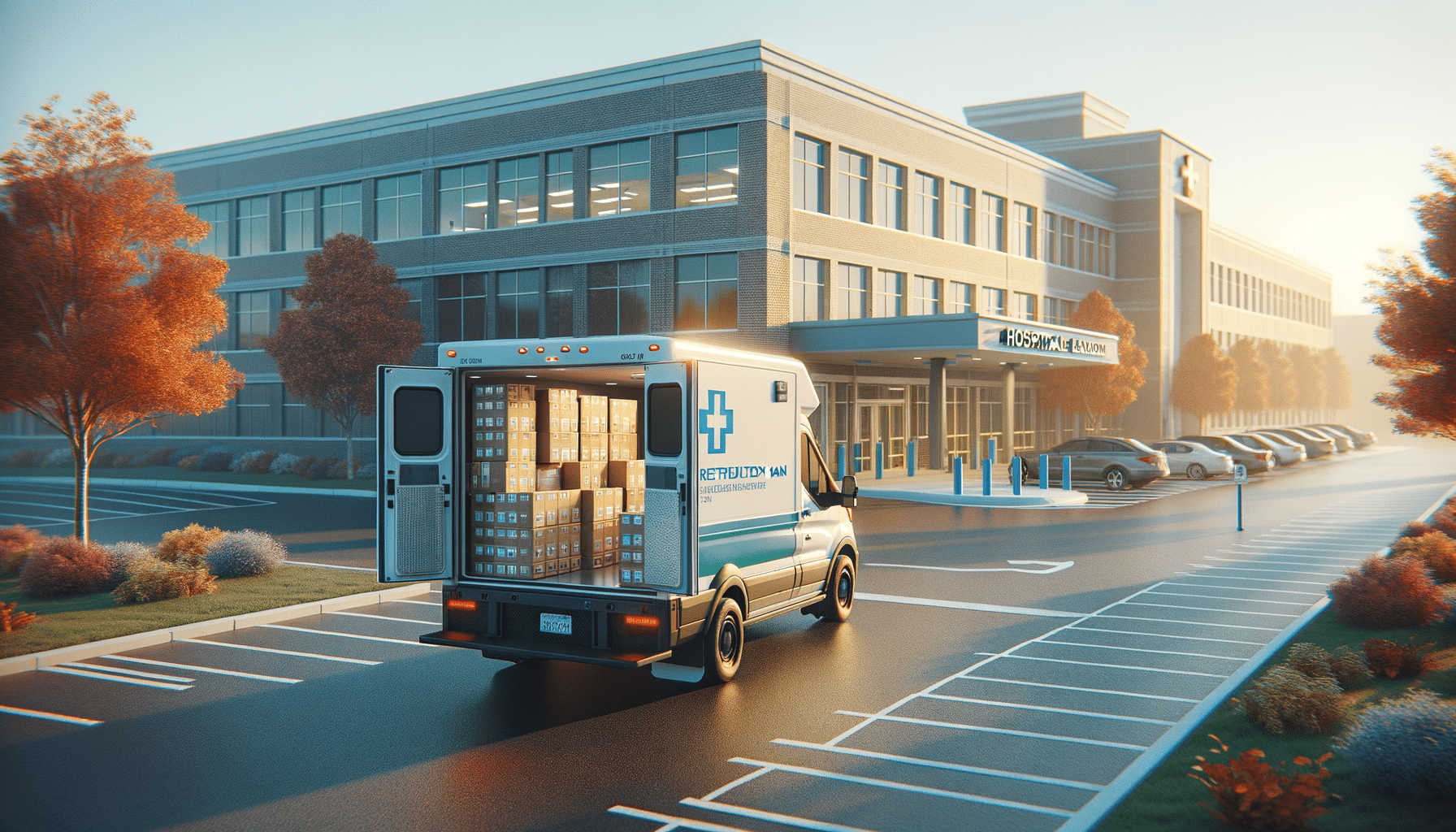
Discover How Artificial Grass Can Transform Your Outdoor Space
Introduction to Artificial Turf
Artificial turf has become a popular choice for homeowners and businesses alike, providing a lush, green appearance without the maintenance demands of natural grass. This innovative landscaping solution offers a range of benefits, making it an attractive option for various applications. In this article, we’ll explore the features, advantages, and considerations involved in choosing artificial turf for your outdoor space.
The Advantages of Artificial Turf
Artificial turf offers numerous advantages over natural grass, making it a practical choice for many. One of the primary benefits is its low maintenance requirement. Unlike natural grass, artificial turf doesn’t require regular mowing, watering, or fertilizing. This can save both time and money in the long run.
Additionally, artificial turf is highly durable and can withstand heavy foot traffic, making it ideal for sports fields, playgrounds, and residential backyards. Its resilience to varying weather conditions means it remains green and vibrant year-round, without the worry of brown patches or mud.
Moreover, artificial turf is environmentally friendly. It reduces water consumption, as it doesn’t require irrigation, and eliminates the need for pesticides and fertilizers, contributing to a healthier ecosystem.
Applications of Artificial Turf
Artificial turf is versatile and can be used in a variety of settings. It’s commonly found in sports venues, where its durability and consistent playing surface offer a reliable alternative to natural grass. Many schools and recreational centers also opt for artificial turf on their sports fields to minimize maintenance and maximize playtime.
In residential areas, artificial turf is used for lawns, gardens, patios, and pet areas. It’s particularly beneficial in regions with water restrictions or where maintaining a natural lawn is challenging due to climate conditions.
Commercial properties, such as shopping centers and office complexes, utilize artificial turf to enhance their landscaping while minimizing upkeep costs. Its aesthetic appeal and practicality make it a favored choice for various commercial applications.
Considerations When Choosing Artificial Turf
When selecting artificial turf, there are several factors to consider to ensure it meets your needs. It’s important to evaluate the quality of the turf, as higher-quality options tend to be more durable and realistic in appearance. The type of infill used can also affect the turf’s performance and comfort underfoot.
Additionally, consider the installation process. Professional installation is recommended to ensure the turf is laid correctly and performs well over time. Proper drainage is essential to prevent water pooling and to maintain the turf’s integrity.
Finally, consider the cost of artificial turf, which can vary based on the quality and area to be covered. While the initial investment may be higher than natural grass, the long-term savings on maintenance and water bills can make it a cost-effective choice.
Conclusion: Transforming Your Outdoor Space
Artificial turf presents an exceptional opportunity to transform outdoor spaces with minimal effort and maximum impact. Its benefits, including low maintenance, durability, and environmental friendliness, make it a compelling choice for homeowners and businesses. By carefully considering the quality, installation, and cost, you can enjoy a beautiful, green space that enhances your property and lifestyle.


